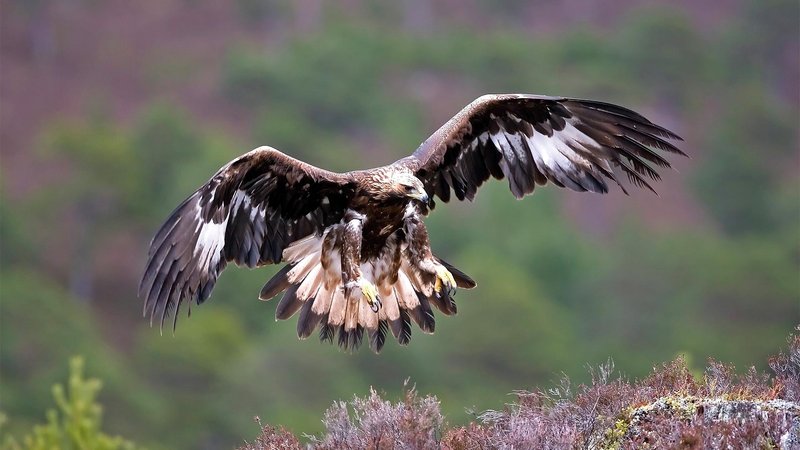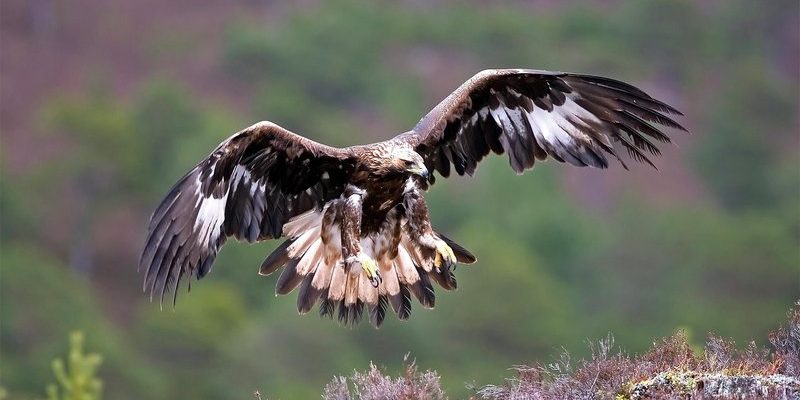
Throughout history, the eagle has played a significant role in cultural narratives, appearing in myths, art, and even national emblems. Just like how we connect with symbols in our own lives—like a family crest or a favorite team’s mascot—the eagle holds a special place in different societies, showcasing their values and beliefs. Let’s dive into the fascinating world of eagles in local cultures and folklore and discover what makes these majestic birds so compelling.
Historical Significance of Eagles
Eagles have been celebrated throughout history, often appearing in ancient civilizations. For instance, in Roman culture, the eagle was considered a powerful symbol of the empire. The Romans used it as their emblem, often seen perched on top of a standard, leading their legions into battle. This majestic bird represented courage and victory, embodying the spirit of conquest.
In Native American traditions, eagles are revered as sacred beings. Many tribes view the eagle as a messenger between humans and the spirit world, with its feathers used in ceremonies and healing rituals. The weight of an eagle feather is profound; it’s a mark of honor and respect. You might be wondering why eagles carry such heavy symbolism. It’s because they possess traits admired by many cultures—strength, vision, and the ability to rise above challenges.
Eagles in Mythology
Eagles pop up in various mythologies, often representing creation, wisdom, and the divine. In Greek mythology, Zeus, the king of the gods, is often depicted with an eagle. This bird not only served as his companion but also symbolized his authority and the power of the heavens. When you think of Zeus hurling thunderbolts, you might picture that majestic eagle soaring beside him, amplifying his power.
In Norse mythology, the eagle is associated with wisdom and is often linked to Odin, the god of knowledge and war. Odin himself takes the form of an eagle to overlook the world and gain insights. These stories show how deeply intertwined eagles are with human stories, representing qualities we aspire to—strength, clarity, and vision.
Eagles in Art and Literature
If you look through various forms of art and literature, you’ll find eagles making appearances everywhere. They symbolize not just strength but also the pursuit of freedom. For example, the American Bald Eagle is a national symbol, representing independence and resilience. In paintings, eagles are often depicted soaring high above landscapes, serving as a reminder of the heights we can achieve.
In literature, eagles often take on heroic roles. In J.R.R. Tolkien’s works, giant eagles come to the aid of characters in dire situations, emphasizing the idea of rescue and hope. These portrayals resonate with readers, making eagles powerful symbols of aspiration and bravery, further embedding them into cultural consciousness.
Cultural Practices Involving Eagles
Many cultures have embraced rituals and practices that honor eagles, recognizing their significance. For instance, in several Native American tribes, eagle feathers are not merely artifacts. They’re treated with profound respect and used in various spiritual ceremonies. Wearing an eagle feather can signify achievements, bravery, or spiritual guidance.
In some European cultures, the eagle is incorporated into traditional dances and festivals. During these celebrations, performers might wear costumes adorned with eagle motifs, paying homage to the bird’s majesty. By honoring eagles in this way, communities foster a connection to their history and the natural world, emphasizing the importance of preserving such symbols for future generations.
Modern Interpretations of Eagles
In our fast-paced modern world, the eagle still holds a powerful place in our hearts and minds. It represents not only national pride but also personal achievements. Companies often use the image of an eagle in their branding to convey strength and reliability. When you spot an eagle logo, it often signifies that the brand values these qualities and aims to embody them in their services.
Social media has further amplified the eagle’s status, with many wildlife enthusiasts sharing stunning photographs and stories about these magnificent birds. This has created a modern folklore of sorts—legends of eagles thriving in the wild, capturing our imaginations and reminding us of the beauty of nature.
The Symbolism Behind Eagles
When we think about the symbolism behind eagles, it’s hard not to feel a sense of awe. Eagles are often associated with vision, representing the ability to see things from a higher perspective. This goes beyond mere eyesight; it’s about gaining clarity in life’s challenges. The eagle teaches us to rise above our struggles and view our problems from a better angle.
Moreover, eagles embody independence and fearlessness. They’re solitary hunters, soaring high above, relying on their instincts and skills. This resonates with many people, reminding us to embrace our uniqueness and chase our dreams unapologetically. It’s like having a mentor in nature, inspiring us to take bold steps forward.
The eagle’s role in local cultures and folklore is rich and varied, highlighting its importance across different societies. From ancient myths to modern symbolism, this majestic bird continues to represent ideals that inspire us. Whether it’s the strength to overcome challenges, the vision to see beyond our current circumstances, or the freedom to soar high, the eagle serves as a reminder of what we can achieve.
As we explore and embrace the eagle’s legacy, let’s remember the values it embodies. It’s not just about admiration; it’s about integrating these lessons into our lives. So, the next time you spot an eagle soaring overhead or see its symbol used, take a moment to reflect on what it represents for you. After all, the eagle is not just a bird but a powerful symbol of hope, strength, and freedom—qualities we all strive for.

